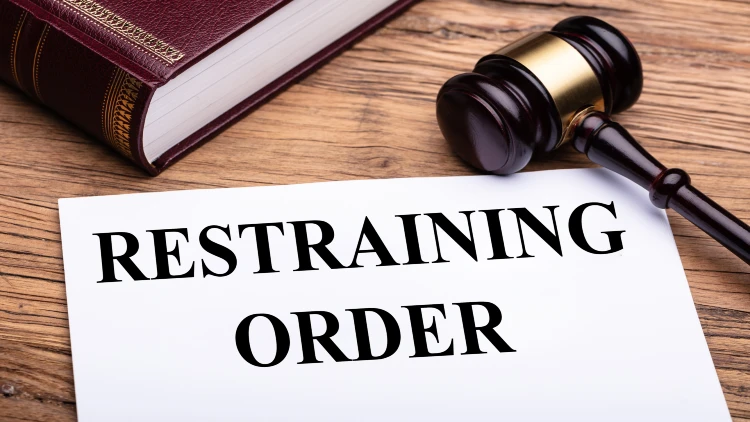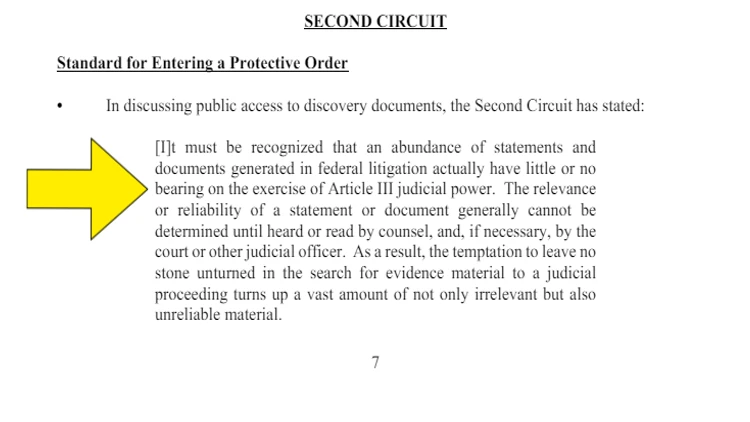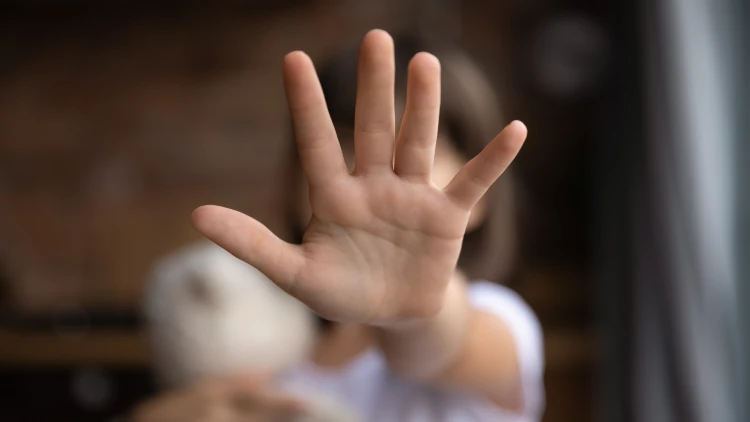
With a restraining order, background check reports may or may not include them, leading many people to wonder if they are visible on a person’s public record. The key is knowing why a restraining order may appear on a background check, how to find out if it is showing up, and what can be done about it.
In fact, there are five reasons a restraining order may appear on a background investigation. Knowing and understanding these reasons can make it easier to search the right databases when running a records check on yourself to find them.
The following guide explains when a restraining or protective order will show up, and how to search to make sure by searching criminal records, right now.
Does a Restraining Order Show Up on a Background Check?
There are different reasons why a restraining order may appear on a background check.
Even if the restraining order is not the main search result in the background check, it can still show up as the outcome of a case or pending charges. The following reasons are the most common:
Reason #1. Restraining Orders Are Public Record
Like other court documents, restraining orders are part of the public record, which means that they can show up when someone searches criminal history for an individual. Some states suppress certain public records, but in general, the Freedom of Information Act, combined with Victim’s Rights networks make these type of records available to the public.

Both state and federal court search platforms contain criminal information and court orders. So with a restraining order, background check reports will typically reveal them to potential landlords, employers, and other application processes.1
Reason #2. Conviction or Case Outcome (Disposition)
Background checks reveal criminal history, and a restraining order may show up if the outcome of a case resulted in the order being issued by the court, as the case disposition.
For example, when looking up a federal warrant, someone may see if a restraining order was issued for an alleged crime, connected to the person named in the warrant. https://backgroundcheckrepair.org/police-clearance-certificate-usa/
Reason #3: Military or Security Clearance Checks
If a person is applying for a job that requires a background screening for security clearance, like what’s included on a government background check for a federal job, or a military profession, the criminal history report will include any restraining order in the present or past.2
These types of background checks also reveal someone’s previous jobs during employment history search processes, and even sealed records.
Reason #4: Protective Order vs. Restraining Order
A protective order can be reported differently than a restraining order. Background check results often include them, however, because they are typically issued along with criminal charges. Protective orders are often used in conjunction with restraining orders because they can be filed very quickly, in cases where domestic violence is an immediate threat.

(Image: Kuperman, A. / US Courts13)
The main difference is the time frame involved and the nature of the court order. While a protective order can be issued without the subject being present (and the filing is usually heard by a judge within two weeks), a restraining order is often the outcome of a protective order hearing.
As such, it will appear on a background check.
Reason #5: Restraining Order Violation
If the restraining order itself isn’t present on the background check (not usual), but the person violates the order, that criminal violation will show up on a background check, and the original restraining order will accompany it.
The restraining order will also show up in tandem with the felony or misdemeanor charge at the root of the issue.3
Restraining Order: Background Check Laws by State (Restraining Order on Background Check)
Each state has specific laws concerning what records can appear on a background check. The following table outlines the procedure for each state, with a link to the criminal justice division that performs background checks, or to the statute and process involving restraining orders and protection orders.
Types of Restraining Order Cases (Will a Restraining Order Show on a Background Check?)
There are different ways restraining orders are issued, which can influence which ones are considered public records, and therefore, will appear on a background check.
For example, sometimes a temporary protective order (usually the first step in getting a restraining order) can be sealed by a judge if children are involved, or for some other reason. These are rare and are usually done to ensure a victim’s privacy or additional safety.
Likewise, a temporary restraining order or an emergency protective order will generally not show up on a background check. The disposition of the hearing determines whether to make the order permanent for a specific length of time, or indefinitely. Once that occurs, it becomes public record.
Will a Domestic Violence Restraining Order Show Up on a Background Check?
A domestic violence restraining order will not show on a criminal record. However, a person can be charged with a criminal offense if they do not obey the conditions set forth in the restraining order.

The criminal charge will appear, and that means with the restraining order, background checks will report it as part of the criminal record.
Will an Emergency Protective Order Show Up on a Background Check?
An emergency protective order will show on a background check, even after it is dismissed, once the hearing has determined its validity.8
Will a Temporary Restraining Order Show Up on a Background Check?
A temporary restraining order will sometimes appear on a background check, even if it was in the past.
However, if the temporary restraining order was limited to a civil matter and did not contain any criminal charges, it may not show on a background check.
Will a Permanent Restraining Order Show Up on a Background Check
A permanent restraining order will show up on a background check.9
How To Get a Restraining Order Off Your Record
Restraining orders can mar someone’s record, preventing them from getting a job, passing a background check, or winning their case in civil or criminal court. In order to get a restraining order removed from a personal record, individuals can perform specific steps. However, some actions can have the opposite impact, including:
- If a person questions the validity of issuing the order, this can sometimes lead to unsafe and illegal situations.
- If a person tries to speak to the person who ordered the restraining order, this can cause bigger problems for both parties.
- If a person violates the restraining order, this can change the charges from civil to criminal.
Instead of trying to take matters into their own hands, individuals should seek counsel and learn how to clear their background checks. Depending on the circumstances, legal counsel can submit a Motion to Modify Conditions or a Motion to Lift Restraining Order.
If the victim agrees to one of the motions filed, the restraining order can be removed. However, if the person does not agree to the motions, a hearing must take place so the judge can make their final decision regarding the status of the order.
Also, if you’re wondering whether dismissed charges would still go on your record, with a restraining order, background check reports still include them, unless otherwise forbidden by state law.
Essentially, with any protection or restraining order, background check results will show it because it’s a public record that was issued by the courts.
Frequently Asked Questions About a Restraining Order Background Check





